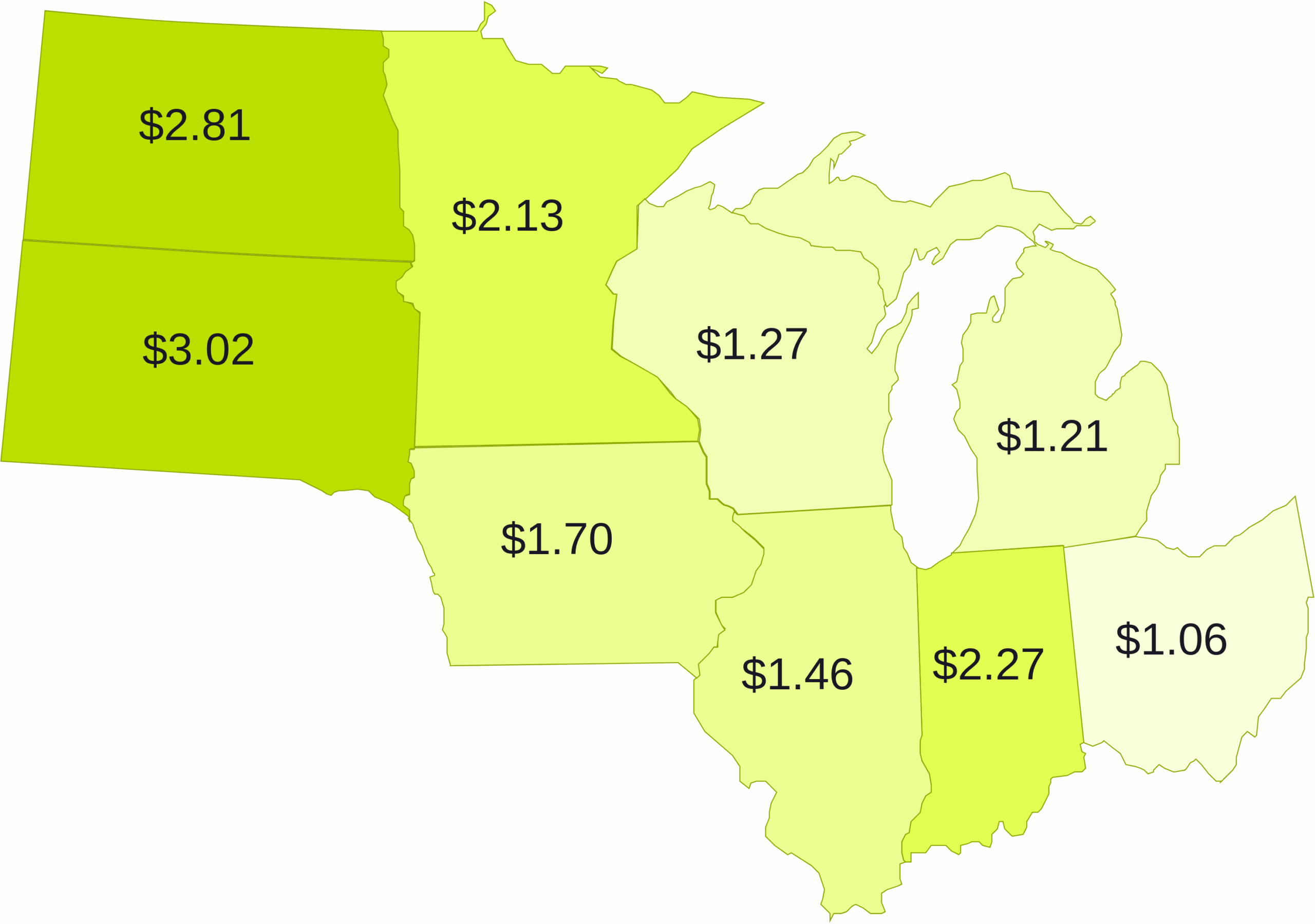Federal funding helps ensure all Midwesterners have access to the arts. What happens if that funding is reduced or, even worse, disappears?
On July 14, the House Interior Appropriations Committee released its FY2026 budget proposal, calling for a 35% cut to the budgets of both the National Endowment for the Arts (NEA) and the National Endowment for the Humanities (NEH).
Under this proposal, each agency would receive $135 million, which is $72 million less than their FY2025 funding levels.*
Ten days later, on July 24, the Senate Subcommittee on Interior, Environment, and Related Agencies offered a different path. Their FY2026 bill maintains funding for the NEA and NEH at $207 million each, matching FY2025 levels.
This Senate proposal is promising. But federal arts funding is not out of the woods.
As the legislation moves to the full House and Senate floors, amendments may be introduced that seek to reduce or even eliminate cultural funding entirely.
Cuts like these would have widespread consequences for the many Midwestern organizations that depend on this support to bring arts and culture to their communities.
(As of July 29, the appropriations subcommittee that sets funding levels for the Institute for Museum and Library Services (IMLS) has not yet released their 2026 proposal.)
What We Know About Federal Arts Grants in the Midwest
Federal support for arts and culture is critical to the Midwest.
Across the three cultural agencies (NEH, IMLS, and NEA), the Midwest receives between $70-80 million in federal funding for the arts each year. Those dollars are widely distributed across the nine-state region.
Between 2022-2024, the three agencies gave grants in every US Congressional District in the Midwest and funded activities in more than 225 urban and rural communities across the nine states.
Per capita spending averaged $1.88 across the three agencies, with the most rural states – North Dakota and South Dakota – seeing some of the strongest per capita investments.

Why Federal Funding Matters
Federal funding for the arts is a high-return investment that benefits Americans of all ages nationwide, across cities, towns and rural communities.
“Federal funding is especially vital in rural communities, which represent 20% of the U.S. population but receive less than 7% of philanthropic dollars. It is one of the only tools that helps level the playing field,” says Ash Hanson, Creative Executive Officer of Department of Public Transformation. “These public dollars go far beyond beautification—they are essential infrastructure that cultivates creativity, economic resilience, and a higher quality of life in rural places.”
Data from 2024 show more than 577 grants flowed to the Midwest, with more than $81m catalyzing arts projects across the region.
| State | Total grant amount | Total number of grants |
|---|---|---|
| IA | $5,505,660 | 22 |
| IL | $18,573,625 | 158 |
| IN | $7,361,202 | 40 |
| MI | $12,311,491 | 87 |
| MN | $12,357,852 | 110 |
| ND | $2,239,371 | 3 |
| OH | $12,566,946 | 85 |
| SD | $2,788,356 | 13 |
| WI | $7,566,363 | 59 |
| $81,270,866 | 577 |
In addition to the direct impact of these dollars, federal funds are routinely leveraged by state and private funders to multiply impact. Since many federal grants need to be matched, they don’t replace private investment: instead, they attract it.
And the impact of federal dollars reaches beyond federal agencies like the National Endowment for the Arts.
Intermediary organizations such as Arts Midwest and the other United States Regional Arts Organizations, state arts agencies, humanities councils, libraries, and museums also play a critical role in ensuring taxpayer dollars are returned to Midwest communities.
Cuts to any of these agencies will be significant and deeply felt.
What You Can Do
As the national budget takes shape, it’s important that Midwest communities continue to make their message clear: investing in the arts is investing in the future of America’s heartland.
We are encouraging grantees and partners to share your stories with your representatives.
Let them know the impact and importance of this funding in your community, and what these reductions would mean, including the impact on jobs, local programming, and wellness.
Find your representative here.